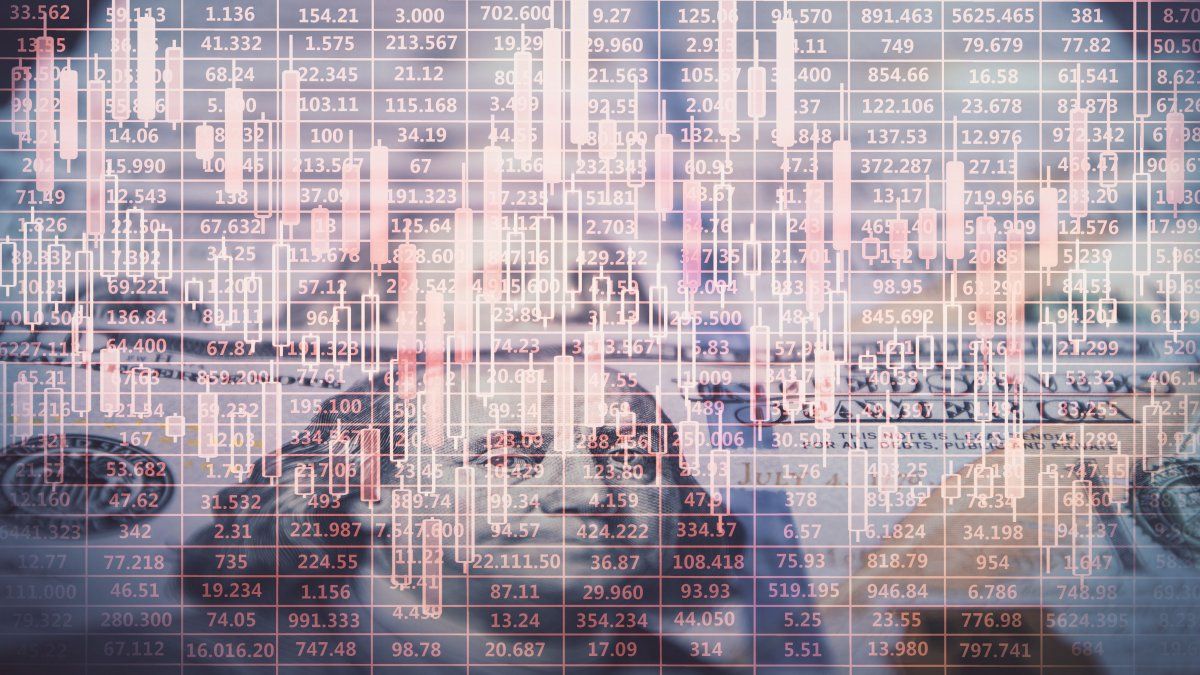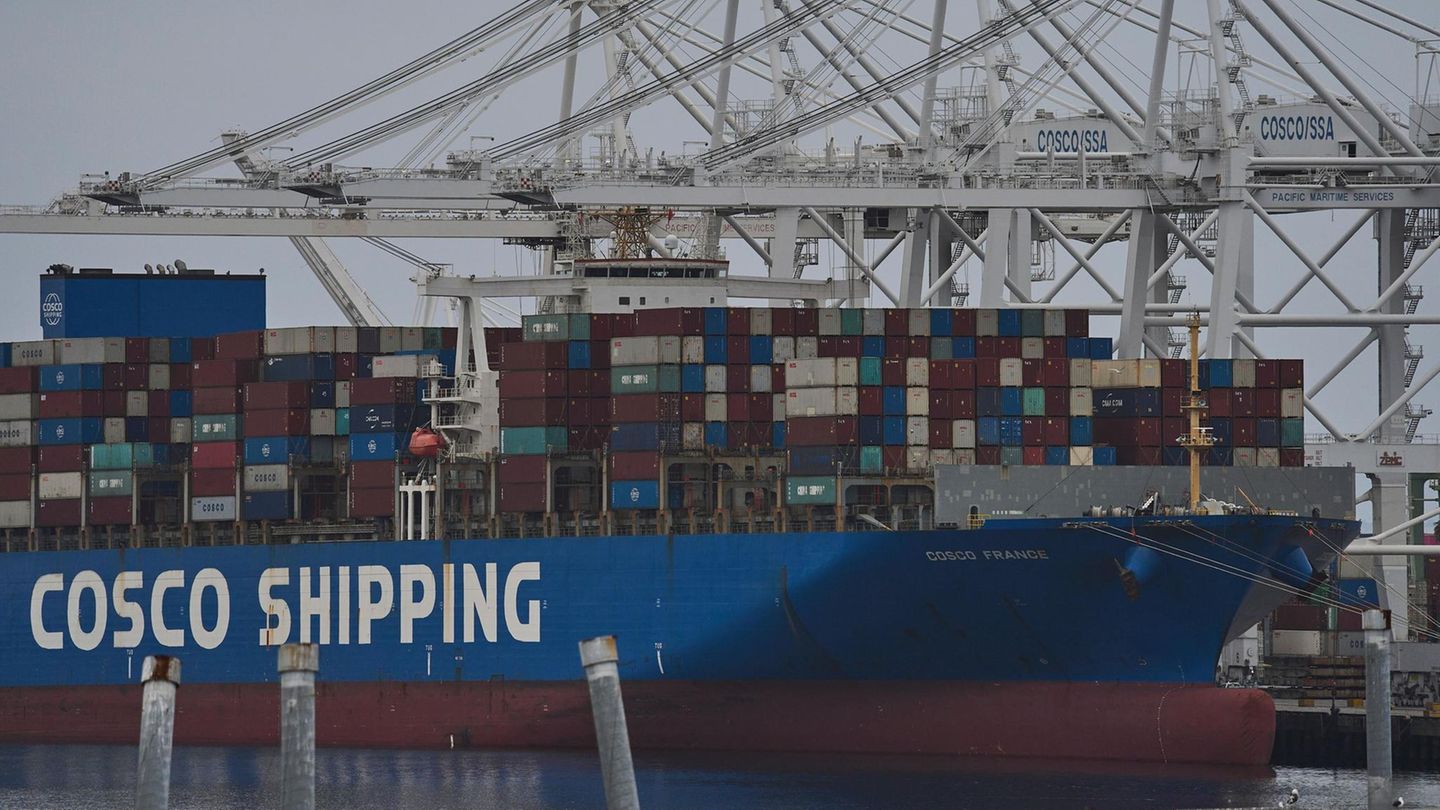Retail inflation is known on Tuesday, and wholesale inflation on Friday. Many analysts think that the monetary policy rate, which is at 50% annually, could go down again; the fixed term, which is at 40% annually, would sink a little. more in that scenario
However, the implicit rate of the future dollar as of Friday was at 46.5% annually and shows no signs of it being much lower than that level. For now, it would seem that lower rates are not assured.
Banco Nación sharply lowered its rates, financing for productive investment went from 35% to 26% annually, for working capital from 40% to 33% annually, it is a breath of fresh air so that companies can refinance and lower their expenses of structure, there are few genuine investments and a lot of refinancing.
The government has not shown good parliamentary management in its first months; it does not have a law that allows it to think that the economy will begin to grow. It is not worth talking about whether a V, an L or a W comes, it would seem that without laws there are no letters available. The basic law would not be ready by May 25, we continue to waste time and the investment does not appear.
Argentina needs investment to genuinely increase family income. Without investment it is impossible to grow in Argentina. Public consumption is on the decline, and private consumption is clearly in decline. Exports do not seem to be in their real dimension because there is no clear path in the price of the future dollar, imports are low. In this scenario, everything suggests that the reactivation must be expected in 2025.
April will be the fourth consecutive month with a fiscal surplus, it will also show decreasing inflation, two good news, which if persisted over time should push Argentines to stop accumulating dollars in their savings portfolio and start investing in the country. For now, the Argentines remain in joint mode.
The fiscal surplus was achieved by spending cuts, not by higher tax revenues. Inflation falls due to a drop in demand, not due to greater supply. The dollar does not rise because there are no pesos, not because more dollars entered the coffers of the Central Bank.
In this context the bonuses Sovereigns in dollars reached US$60 and will take some time to see if they are in a position to reach US$72 per sheet. They need laws to be approved, investments to arrive, money laundering to be a success and the economy to be reactivated. Bonds in pesos that adjust for inflation follow a different route.
Conclusions
. – Decisive week for the markets, April inflation will be known, the sale of soybeans and corn will be monitored, reserves could approach US$30 billion. Expectant markets.
. – Progress needs to be made in Congress with the basic law, we are in the prelude to the May pact, and it would be necessary for the government to be more united than ever.
. – The international context helps on the financial side, we do not see a rate increase in the United States in the immediate scenario.
. – China and Brazil are two very important trade partners for Argentina, both do not show a strong growth scenario. If both countries devalue it would be a big dollar loss for the Argentine authorities, the market knows it and that is why there is a lateral movement in the prices. Dollar alert.
Source: Ambito
I am a 24-year-old writer and journalist who has been working in the news industry for the past two years. I write primarily about market news, so if you’re looking for insights into what’s going on in the stock market or economic indicators, you’ve come to the right place. I also dabble in writing articles on lifestyle trends and pop culture news.




